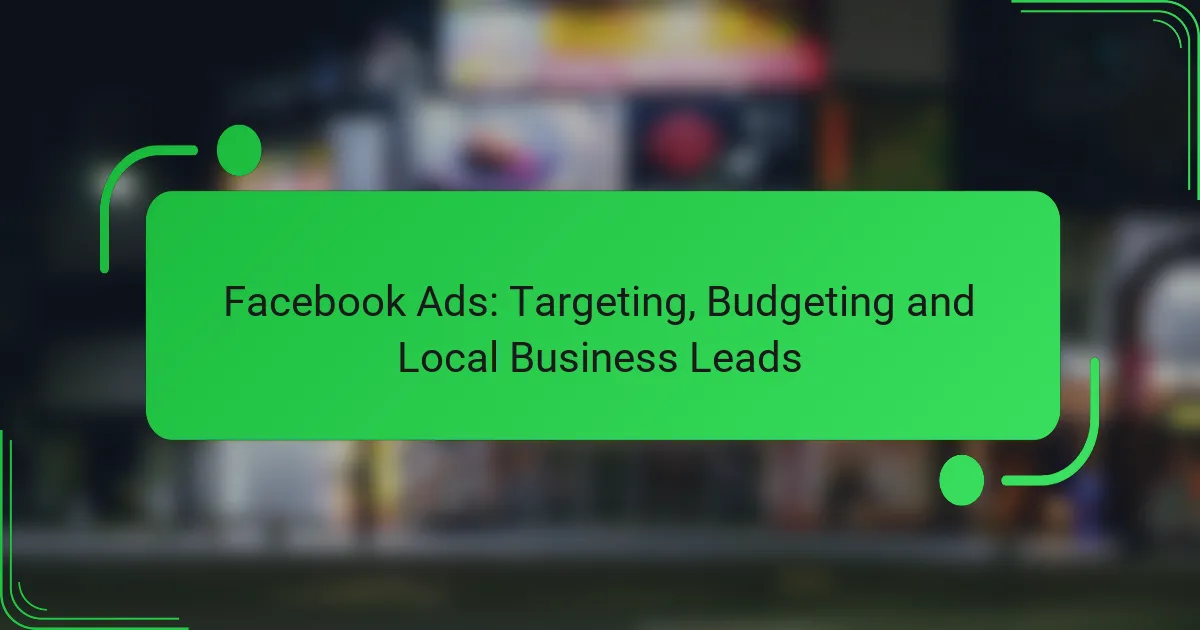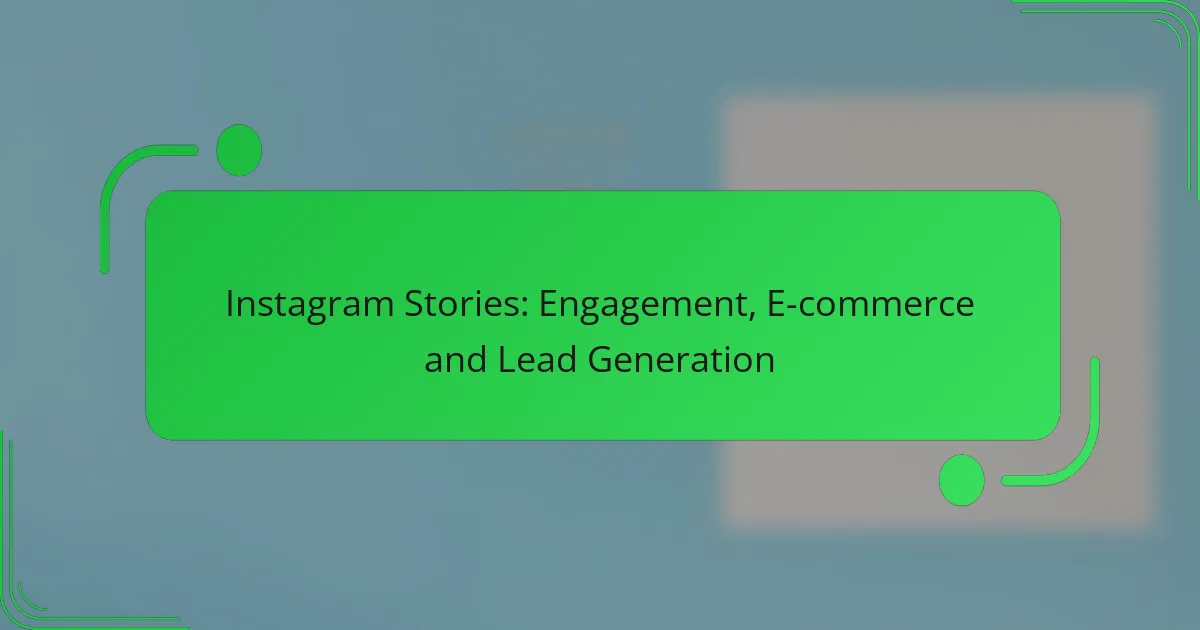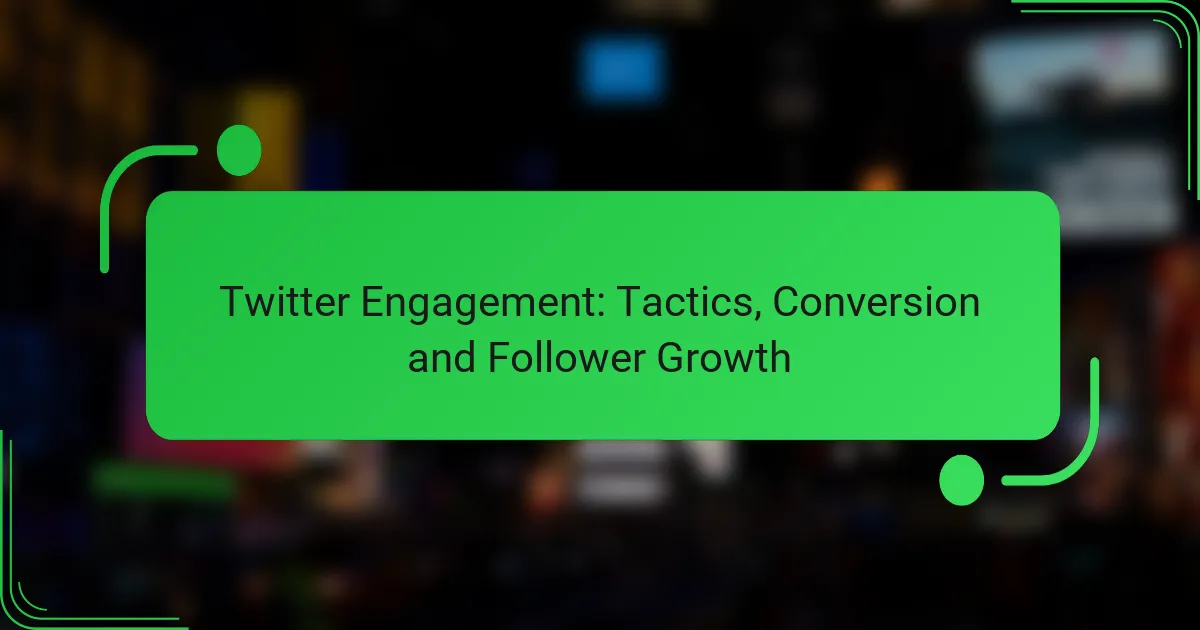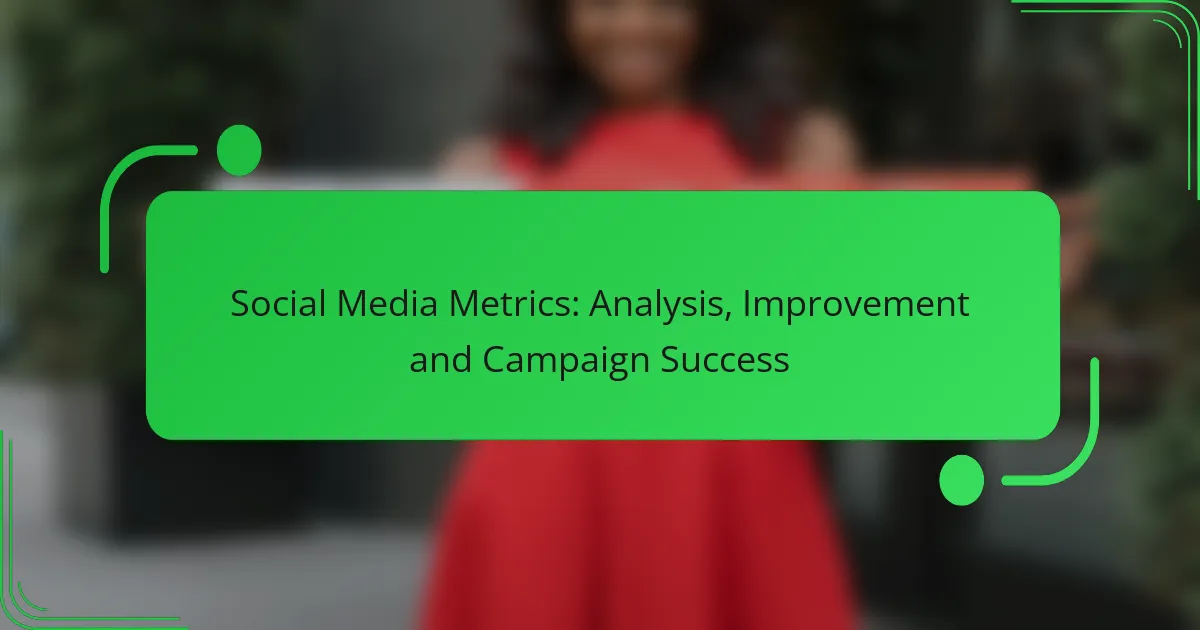Facebook Ads offer a powerful platform for local businesses to connect with potential customers in their area. By implementing targeted strategies based on demographics and interests, businesses can optimize their ad spend and generate valuable leads. Additionally, effective budgeting techniques ensure that advertising efforts remain cost-efficient while maximizing reach and impact.
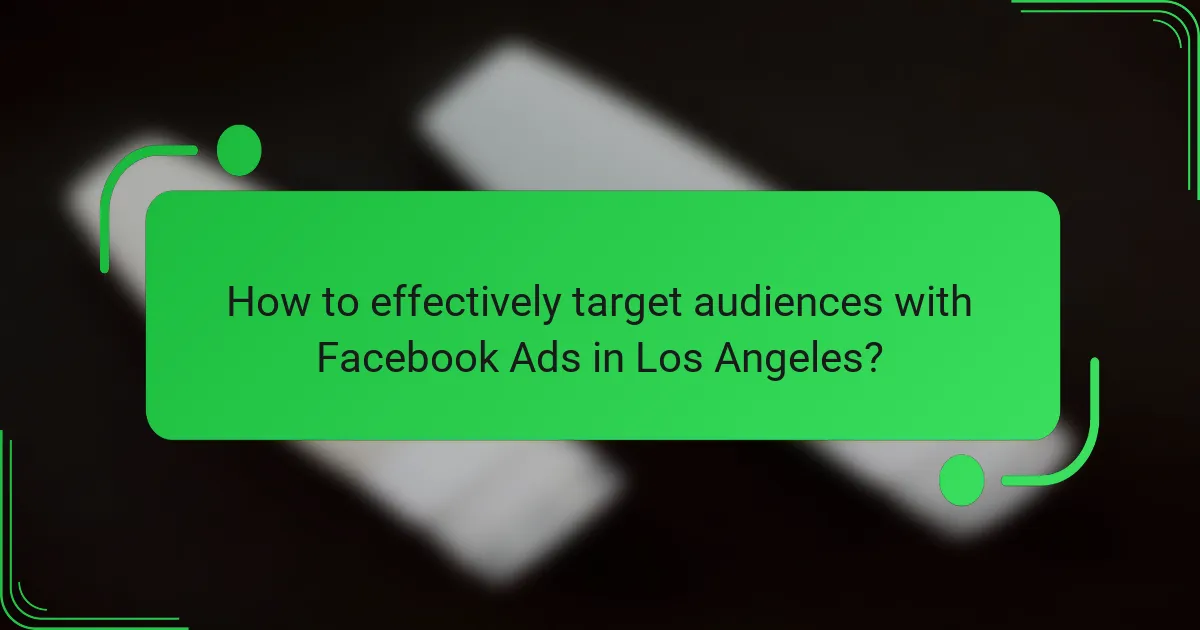
How to effectively target audiences with Facebook Ads in Los Angeles?
To effectively target audiences with Facebook Ads in Los Angeles, focus on demographic, interest-based, and custom audience strategies. Utilizing these methods allows local businesses to reach potential customers more efficiently, ensuring that ad spend yields better results.
Demographic targeting options
Demographic targeting on Facebook allows you to specify audiences based on age, gender, education level, and more. For instance, if your business caters to young professionals, you might target users aged 25-35 in Los Angeles with a college degree.
Consider using Facebook’s detailed targeting options to refine your audience further. You can filter by life events, such as recent graduates or newlyweds, which can help tailor your messaging to resonate with specific groups.
Interest-based targeting strategies
Interest-based targeting enables you to reach users based on their hobbies, activities, and pages they follow. For example, if you own a coffee shop, you might target users interested in coffee, local events, or food blogs in Los Angeles.
Utilizing Facebook’s interest categories can help you connect with potential customers who are more likely to engage with your brand. Regularly review and adjust your interests based on the performance of your ads to optimize your targeting strategy.
Custom audience creation
Custom audiences allow you to upload your existing customer lists to Facebook, enabling you to target ads specifically to those individuals. This is particularly useful for re-engaging previous customers or promoting special offers to loyal clients in Los Angeles.
To create a custom audience, navigate to the Audiences section in Ads Manager, upload your customer data, and Facebook will match it with user profiles. Ensure your data complies with privacy regulations to avoid any issues.
Lookalike audience benefits
Lookalike audiences are a powerful tool that allows you to reach new users who share characteristics with your existing customers. By creating a lookalike audience based on your custom audience, you can expand your reach in Los Angeles to potential customers who are likely to be interested in your offerings.
To set up a lookalike audience, select your source audience and choose the desired audience size. A smaller percentage (1% of the population) will closely resemble your source, while a larger percentage (up to 10%) will broaden your reach but may be less targeted. Regularly analyze the performance of your lookalike audiences to refine your approach.
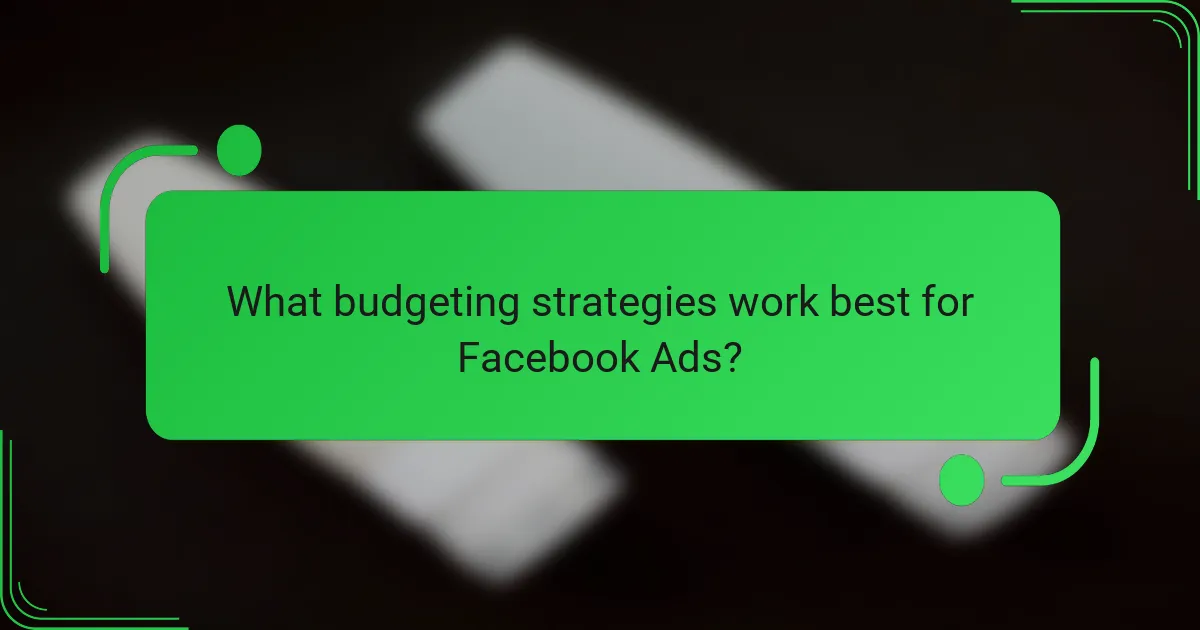
What budgeting strategies work best for Facebook Ads?
Effective budgeting strategies for Facebook Ads include setting clear daily or lifetime budgets, choosing appropriate bid strategies, and understanding ad spend limits. These elements help maximize your advertising impact while controlling costs.
Daily vs. lifetime budget settings
Daily budgets allow you to control spending on a day-to-day basis, ensuring that your ads do not exceed a set amount each day. This approach is ideal for businesses that want to maintain consistent ad visibility without overspending.
Lifetime budgets, on the other hand, allocate a total amount for the entire campaign duration. This method provides flexibility, as Facebook can optimize ad delivery throughout the campaign to achieve the best results within your budget. Consider your business goals when choosing between these options.
Bid strategies for cost efficiency
Facebook offers various bid strategies to help you manage costs effectively. The ‘Lowest Cost’ strategy aims to get the most results for your budget without setting a bid cap, while ‘Bid Cap’ allows you to specify the maximum amount you’re willing to pay per action.
Choosing the right strategy depends on your campaign goals. For example, if you prioritize conversions, a bid cap may help control costs, while the lowest cost option may be better for brand awareness campaigns. Regularly monitor performance to adjust your strategy as needed.
Understanding ad spend limits
Ad spend limits are crucial for preventing overspending on your Facebook campaigns. You can set limits at the campaign level or for individual ad sets, ensuring that your total expenditure aligns with your marketing budget.
Be aware of Facebook’s policies regarding ad spend limits, as exceeding these limits can lead to campaign pauses or restrictions. Establish clear spending thresholds based on your overall marketing budget and regularly review your ad performance to stay within these limits.

How to generate local business leads through Facebook Ads?
Generating local business leads through Facebook Ads involves creating targeted advertisements that reach potential customers in your area. By leveraging Facebook’s extensive user data, you can tailor your ads to attract local audiences effectively.
Lead generation ad formats
Facebook offers several ad formats specifically designed for lead generation, including lead ads, carousel ads, and video ads. Lead ads allow users to submit their information directly within the ad, simplifying the process and increasing conversion rates.
Carousel ads showcase multiple images or videos, enabling you to highlight various products or services. Video ads can engage users more effectively, providing a dynamic way to convey your message. Choose the format that aligns best with your campaign goals and audience preferences.
Optimizing landing pages for conversions
Once users click on your ad, they should be directed to a landing page that is optimized for conversions. Ensure that the landing page is visually appealing, loads quickly, and contains a clear call-to-action (CTA) that encourages visitors to take the desired action, such as signing up or making a purchase.
Keep the content concise and relevant to the ad they clicked on to maintain interest. A/B testing different elements, such as headlines and images, can help identify what resonates best with your audience and improve conversion rates.
Utilizing Facebook Pixel for tracking
Facebook Pixel is a powerful tool that allows you to track user interactions on your website after they click on your ads. By installing the Pixel, you can gather data on conversions, optimize your ad campaigns, and retarget users who have previously engaged with your site.
Using this data, you can create custom audiences for future campaigns, ensuring that your ads reach individuals who are more likely to convert. Regularly analyze the insights provided by the Pixel to adjust your strategies and improve your lead generation efforts.
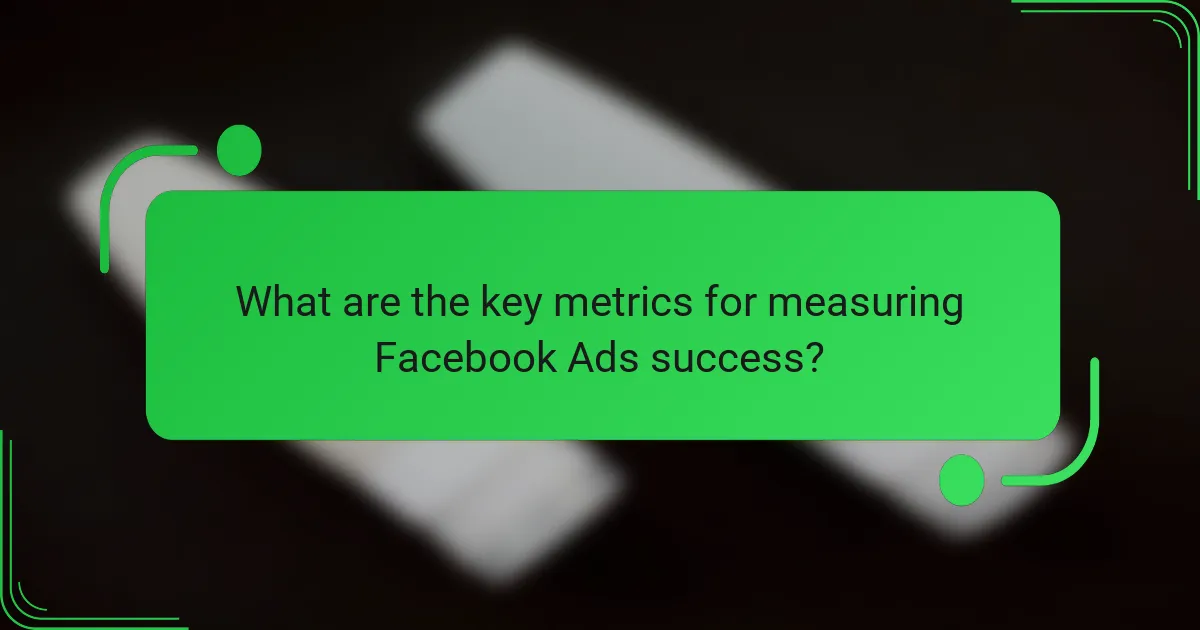
What are the key metrics for measuring Facebook Ads success?
The key metrics for measuring Facebook Ads success include click-through rate (CTR), cost per lead (CPL), and return on ad spend (ROAS). These metrics provide insights into how effectively your ads are performing and help you optimize your campaigns for better results.
Click-through rate (CTR)
Click-through rate (CTR) measures the percentage of users who click on your ad after seeing it. A higher CTR indicates that your ad is engaging and relevant to your target audience. Typically, a good CTR for Facebook Ads ranges from 1% to 3%, but this can vary based on industry and ad quality.
To improve your CTR, focus on creating compelling ad copy and eye-catching visuals. A/B testing different headlines and images can help identify what resonates best with your audience. Avoid generic messaging and ensure your ads are tailored to specific segments of your target market.
Cost per lead (CPL)
Cost per lead (CPL) refers to the amount spent to acquire a single lead through your Facebook Ads. This metric is crucial for evaluating the efficiency of your advertising budget. A typical CPL can vary widely, often falling between $10 to $50, depending on the industry and competition.
To manage your CPL effectively, set clear goals for your campaigns and monitor your spending closely. Consider using lead magnets, such as free trials or downloadable resources, to attract potential customers at a lower cost. Regularly analyze your ad performance to identify areas for cost reduction.
Return on ad spend (ROAS)
Return on ad spend (ROAS) measures the revenue generated for every dollar spent on advertising. A higher ROAS indicates a more profitable campaign. Generally, a ROAS of 4:1 (or $4 in revenue for every $1 spent) is considered a strong benchmark for Facebook Ads.
To maximize your ROAS, focus on targeting the right audience and optimizing your ad placements. Use Facebook’s audience insights to refine your targeting and ensure your ads reach potential customers who are likely to convert. Continuously test different ad formats and messaging to find the most effective combinations for your campaigns.
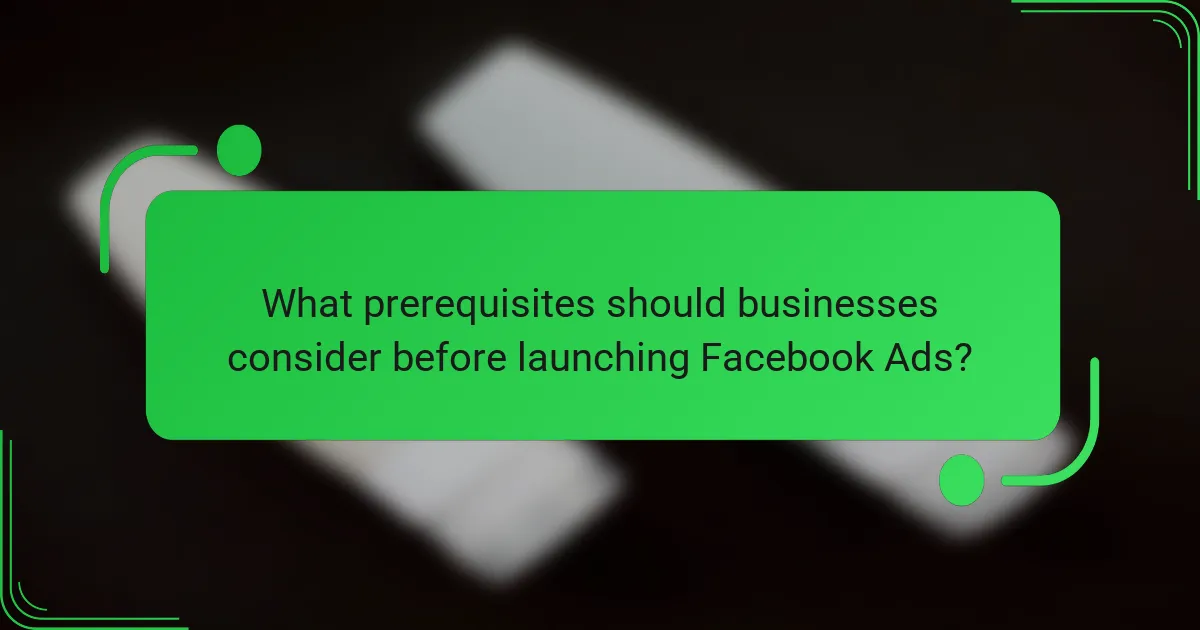
What prerequisites should businesses consider before launching Facebook Ads?
Before launching Facebook Ads, businesses should evaluate their target audience and establish clear campaign objectives. Understanding these elements is crucial for maximizing ad effectiveness and ensuring a good return on investment.
Defining target audience clearly
Clearly defining the target audience is essential for Facebook Ads success. Businesses should consider demographics such as age, gender, location, and interests to create a focused ad strategy. For example, a local coffee shop might target young adults aged 18-30 within a specific radius of their location.
Utilizing Facebook’s audience insights tool can help refine this definition. This tool provides valuable data on user behavior and preferences, allowing businesses to tailor their ads more effectively. Avoid broad targeting, as it can dilute ad impact and increase costs.
Setting clear campaign objectives
Setting clear campaign objectives helps guide the ad strategy and measure success. Objectives can range from increasing brand awareness to generating leads or driving sales. For instance, a local gym might aim to boost membership sign-ups through a promotional offer.
It’s advisable to use the SMART criteria—Specific, Measurable, Achievable, Relevant, Time-bound—when defining these objectives. This approach ensures that the goals are realistic and can be tracked effectively. Regularly reviewing these objectives allows businesses to adjust their strategies based on performance and market changes.
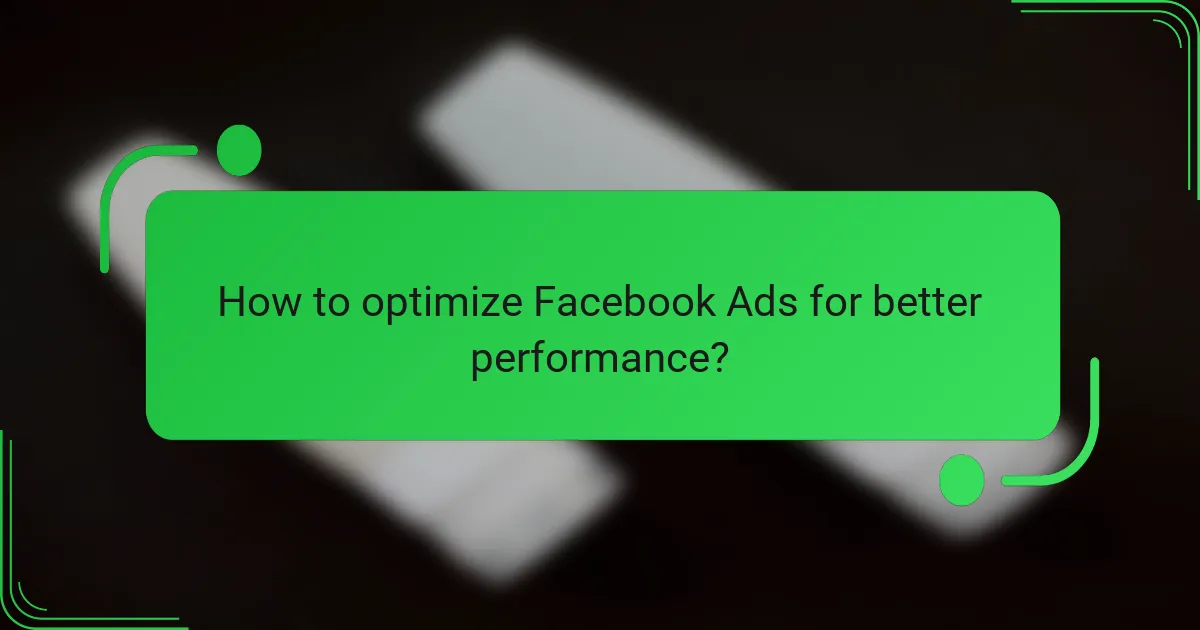
How to optimize Facebook Ads for better performance?
To optimize Facebook Ads for better performance, focus on precise targeting, effective budgeting, and continuous testing. Implementing strategies like A/B testing can significantly enhance ad effectiveness and lead generation for local businesses.
A/B testing ad creatives
A/B testing ad creatives involves comparing two or more versions of an ad to determine which performs better. By changing elements such as images, headlines, or calls to action, you can identify what resonates most with your audience.
Start by selecting one variable to test at a time, such as the image or the ad copy. Run the ads simultaneously to ensure that external factors do not skew the results. Aim for a sample size that provides statistically significant data, often in the range of hundreds to thousands of impressions.
Monitor key performance indicators (KPIs) like click-through rates (CTR) and conversion rates to assess which ad version is more effective. Common pitfalls include testing too many variables at once or not allowing enough time for the test to gather sufficient data. Stick to a structured approach for reliable outcomes.
